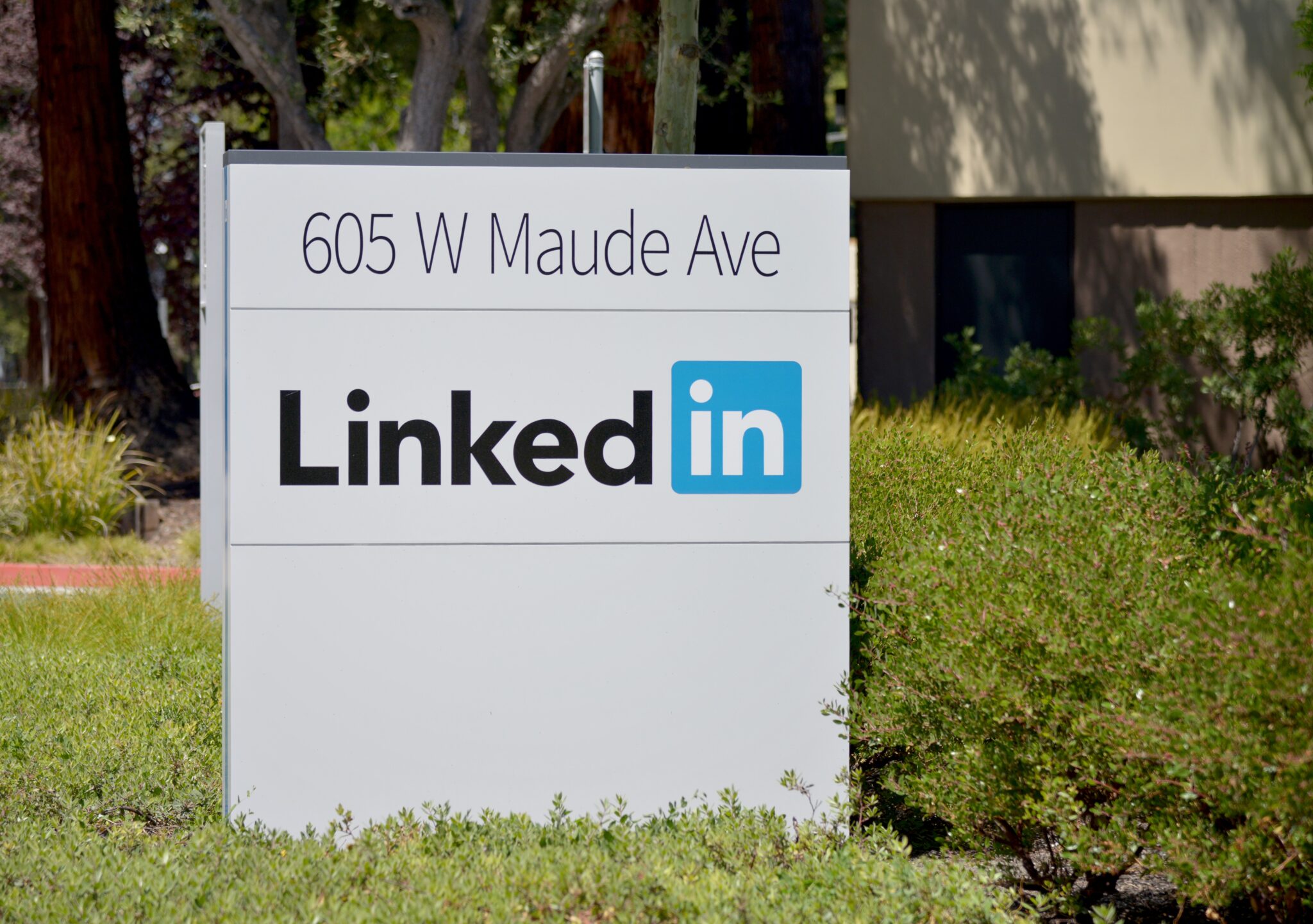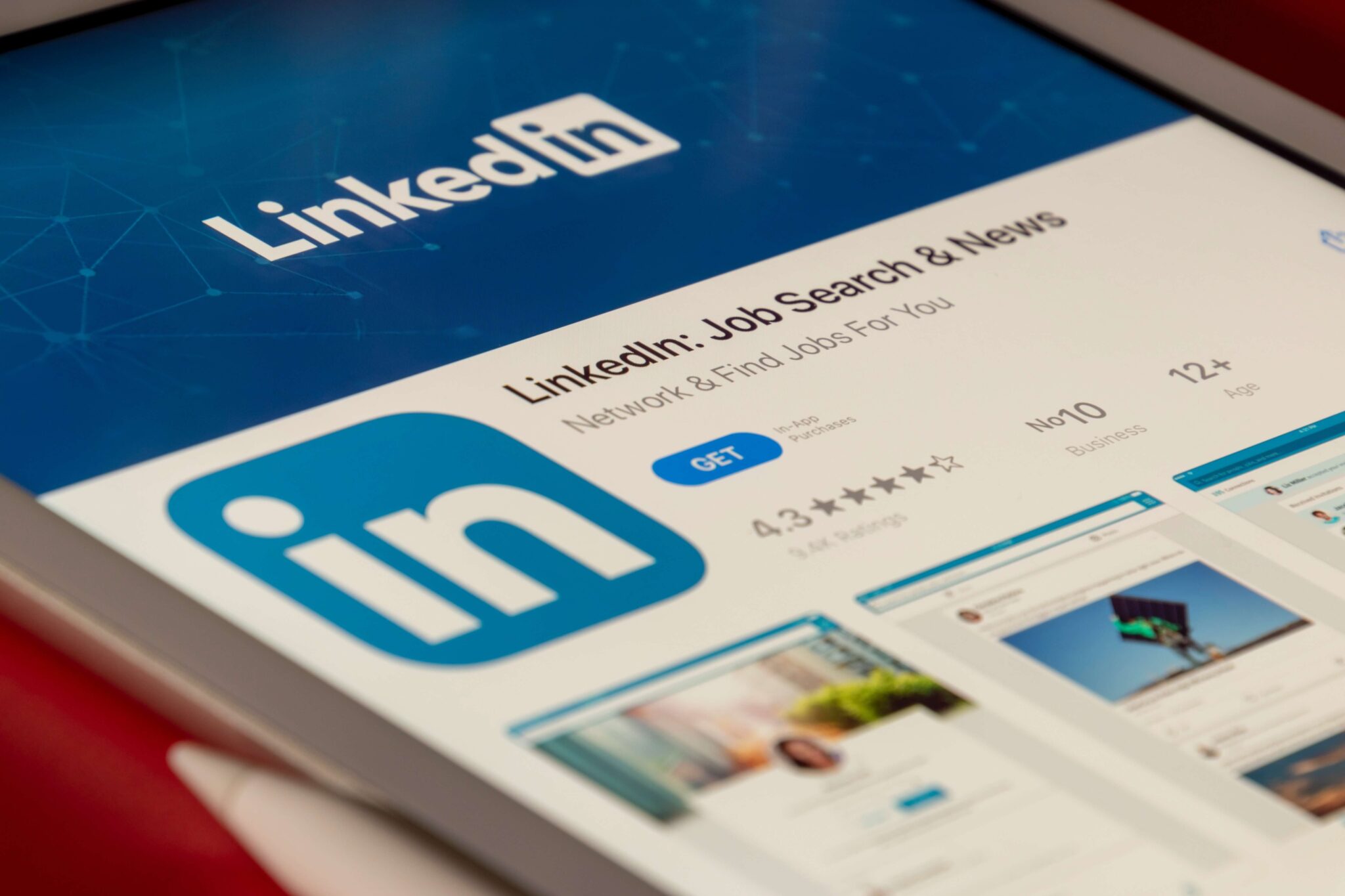How To Use LinkedIn to Complement Your CV

How To Use LinkedIn to Complement Your CV
You have more than one CV. There’s the one you’re in the middle of completing ahead of your latest job application. And there’s your LinkedIn profile. Here’s how to make sure the two work together to boost your chances of job success.
It’s no secret that employers (and recruitment companies) don’t limit themselves to your application form or CV when you apply for a job. They’ll often look at your social media too, and that includes LinkedIn. In fact, LinkedIn can be a powerful recruiting tool in its own right, with recruiters using it to target people with the right skills and experience.
So how can you make sure that, when a recruiter or potential employer checks your profile, they leave with a positive impression?
Here’s the ZD guide.
Think of your LinkedIn profile as the complete version of your CV
Your CV is probably a two-sides-of-A4 masterpiece of tightly edited details. There’s probably lots you could have added, but there simply wasn’t the space.
So think of the LinkedIn profile as the companion piece to your CV. If the CV was the quick summary, your profile is the whole story. That doesn’t mean you should treat it as a licence to ramble, but there is room to flesh out some of the things you were only able to touch on in your CV. You’ll definitely be able to add more to your About and to your Experience than you ever could in a CV.

You wouldn’t submit an application form with half of the information missing, would you? Yet thousands of people have half-completed LinkedIn profiles that they always meant to get back to but never did.
It’s not that an incomplete LinkedIn profile creates a bad impression (although it can do that). The bigger issue is that LinkedIn is an opportunity to sell your skills and experience. If you don’t complete your profile, you’re selling yourself very, very short. And for anyone looking to cross reference your CV, well… they can’t.
To bring your profile up to date…
- Use an eye-catching headline (the bit below your name on your LinkedIn profile) which neatly sums up who you are and what you do. It also helps recruiters quickly get a basic understanding of what you’re about.
- Add a professional photo (this isn’t TikTok).
- Update your About/professional summary section. If you’ve written a personal statement as part of your CV, your summary will be very similar – its all about your unique selling points although, unlike the personal statement, it won’t be tailored to any specific company/role. This section should provide an overview of your background, expertise and your biggest career achievements. It should also align with your career objectives. You’ll have more space to play with than in your CV, giving you more room to talk about your biggest accomplishments. Even so, no recruiter will thank you for anything much longer than 300 words.
- Update your skills, certifications and education
- Update your experience, remembering to focus on the difference you made (the quantifiable results and outcomes) rather than simply listing the ‘stuff you did’.
Is recruitment outsourcing right for you?
We have a lot of conversations with in-house recruiters who may be initially wary of outsourcing. After all, no one knows your business like you. No one knows your people like you. Perhaps you only want your outsourced recruiter to work on demand. Perhaps you want them to integrate with your own in-house team for a major hiring exercise and nothing more. Perhaps you worry you’ll lose control of the process.
Yet even the most micromanagement-obsessed head of HR can find outsourcing rewarding when they work with a recruiter who takes the time to understand them, their perspective, the business and the candidates they’re looking for. It’s taking shortcuts, or simply not working in an empathetic way, that causes problems.
Check for consistency
Your CV states that you finished working with your last-but-one employer in May 2020. Your LinkedIn profile says it was February. Your CV mentions an important professional membership. Your LinkedIn skips that. According to LinkedIn, you did a diploma in leadership at university. On your CV, the diploma is now a degree.
You get the picture.
Inconsistencies create questions. Which version is correct? Perhaps more importantly, is the inconsistency down to not paying attention to the detail (which isn’t good), or because you’re trying to hide something (which is worse)?
Cross reference the two and make sure that they’re consistent with each other.
Request recommendations
There’s a bit at the bottom of your CV that almost certainly says ‘recommendations available on request’. But anyone reading your CV doesn’t have to request your recommendations if you’ve put them on your LinkedIn profile. Better still, you can pack a lot more recommendations into your LinkedIn profile than you can with a CV, and those recommendations can cover a much broader remit, so you paint a clearer (and more impressive) picture of how others see you.
If you haven’t requested any recommendations in a while, it’s really time you did.
Share your insights
Regularly posting relevant and high-quality content helps to showcase your expertise and keeps you visible to your connections (which is always a good thing). It may not always be a major part of the relationship between your CV and your profile, but it could be.
If, for example, your LinkedIn posts have made you a thought leader in your field, or you’re a prominent member of a particular LinkedIn group, you may want to highlight the fact in your CV.
Share your insights
Make it easy for recruiters and potential employers to get the complete picture. In the basic details section of your CV (where you’ve put your address and phone number) add a link to your LI profile too.
Link to your LinkedIn profile from your CV
Regularly posting relevant and high-quality content helps to showcase your expertise and keeps you visible to your connections (which is always a good thing). It may not always be a major part of the relationship between your CV and your profile, but it could be.
If, for example, your LinkedIn posts have made you a thought leader in your field, or you’re a prominent member of a particular LinkedIn group, you may want to highlight the fact in your CV.
Send your CV to Zachary Daniels
Are you looking for your next retail career move? Send us your CV (containing a link to your LinkedIn profile, of course) now.
< Back to list


